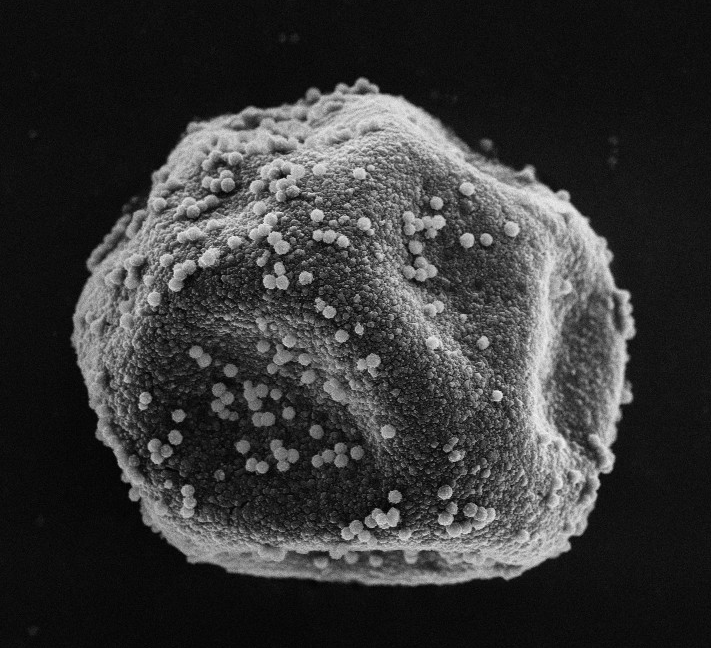

On the application of scattering matrix measurements to detection and identification of major types of airborne aerosol particles: Volcanic ash, desert dust and pollen
Jun 2021 Atmospheric aerosols play key roles in climate and have important impacts on human activities and health. Hence, much effort is directed towards developing methods of improved detection and discrimina- tion of different types of aerosols. Among these, light scattering-based detection of aerosol offers several advantages including applications in both in situ and remote sensing devices. In this work, new scat- tering matrix measurements for two samples of airborne desert dust collected in Spain and China are reported. The average extrapolated scattering matrices of airborne desert dust and of volcanic ash at two wavelengths have been calculated and compared with the aim of finding criteria to distinguish these two types of aerosol. Additionally, the scattering matrix of cypress pollen has been measured and extrapo- lated to explore differences with mineral dust that can be exploited in atmospheric detection. Field mea- surements of the backscattering linear depolarization ratio δL(180°) are used to obtain information about non-sphericity and discrimination between fine and coarse aerosol. However, the average δL(180°) for the three types of aerosols considered in this work in the visible spectral range is δL(180°) = 0.40 ± 0.05. This shows that δL(180°) is not informative about the composition or morphology of irregular particles. By contrast, measurements of scattering matrix elements or depolarization ratios at different scattering angles may provide information about the structural differences of particles, and in particular may en- able to differentiate airborne volcanic ash from desert dust, which are otherwise similar in terms of size and optical constants. Cypress pollen shows a characteristic degree of linear polarization curve that is very different from that of polydisperse irregular mineral dust. Light scattering field instruments and re- mote sensing methods could extract more information about the characteristics of aerosol particles if modifications were introduced to measure the phase curves of several scattering matrix elements or de- polarization ratios.
JQSRT, 271:107761, 2021